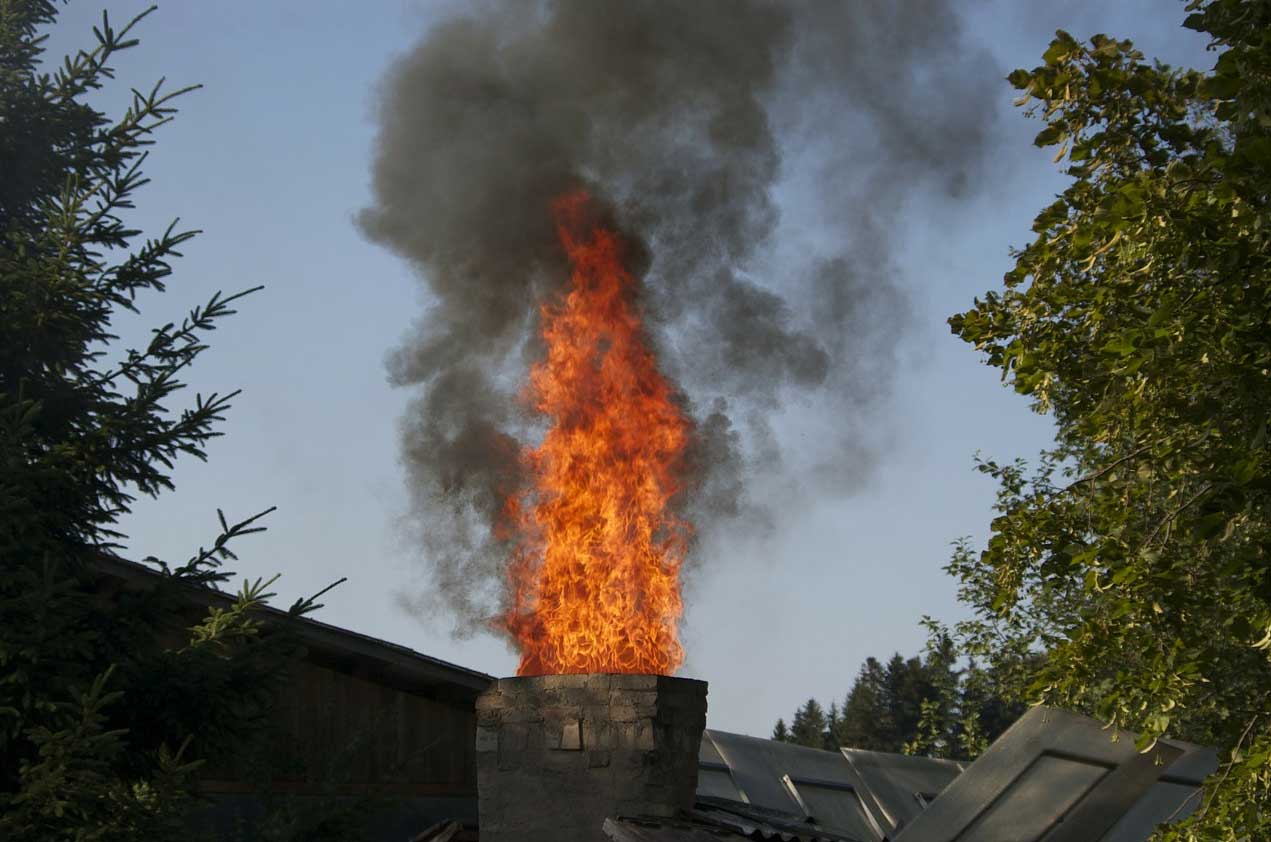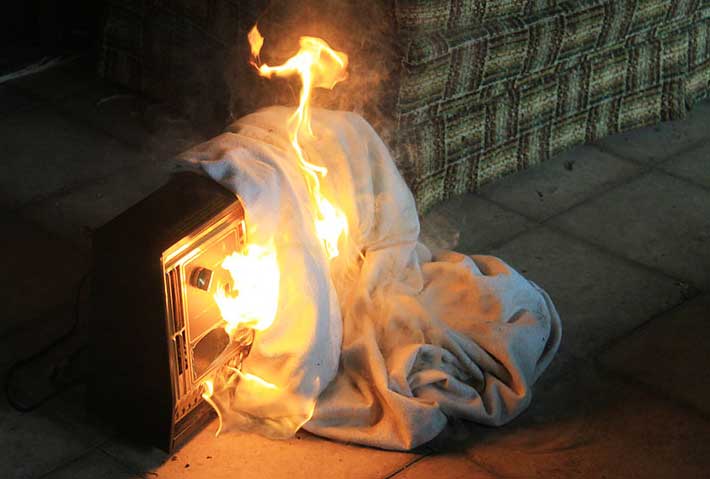Tips For Staying Warm And Safe This Winter
From the Minnesota Department of Public Safety
There’s no getting around it: Winter weather is inevitable, and you’ve had the heat on for at least a couple of weeks. Staying warm is good, whether it’s from a furnace, fire in the fireplace, or space heater. But the very things that keep us cozy in the cold can endanger our lives. When the temperature drops, the number of fires typically spikes.
In 2020, for example, 421 fires occurred in Minnesota because of heating equipment. Almost half of those (197) were caused by heating units like boilers and furnaces. Next in line, causing 192 fires were fireplaces and chimneys.
The high cost of heating fuels and utilities have caused many Americans to search for alternative methods of home heating. Wood burning stoves are growing in popularity and space heaters are selling rapidly or coming out of storage. Fireplaces are burning wood and man-made logs. All these methods of heating may be acceptable — but without caution, they’re a major contributing factor in residential fires.
Fortunately, like most fires, wintertime fires are mostly preventable if you just take a few precautions on the front end. For example, you should have a professional check your furnace annually to make sure everything is working properly. Ditto with the fireplace, and don’t forget the chimney.
Space heaters, on the other hand, require your attention in the moment. Never leave them unattended or sleep with them on. Plug them directly into the wall; don’t use an extension cord, as they draw a lot of power. And always abide by the three-foot rule: Keep them three feet from furniture, rugs, towels – anything combustible. That means you shouldn’t use them to dry clothing or towels.
Kitchens get chilly too, but never use your oven as a heat source. Save it for cooking only. Families and guests tend to gather in the kitchen, but it can be the most hazardous room in the house if you don’t practice safe cooking behavior. Careless use of cooking equipment, usually a range or stovetop, is the leading cause of home fires and home-fire injuries in the United States. ALWAYS have someone watching the stove!
Holiday decorating goes a long way to help brighten up our wintery days and long nights. Unfortunately, decorations become a significant hazard if not used carefully. An estimated 250 home fires involving Christmas trees and another 170 involving holiday lights and other decorative lighting occur each year across the U.S. By following a few simple safety tips on electric lights, candles and Christmas trees, you can avoid creating a tragedy. Learn how to prevent a fire or what to do in case of a fire in your home.
Sometimes, despite precautions, fires can start. If that happens, keep in mind that you likely have about three to four minutes to escape. Modern homes and furnishings go up in flames incredibly quickly.
So how can you make sure you have the maximum amount of time possible to get out? A working smoke alarm can give you the critical seconds you need to escape safely. But a smoke alarm can only save your life if it works. That means you need to test your smoke alarms monthly and replace its batteries twice a year.
And while you’re at it, test your carbon monoxide alarms as well. Fuel-burning appliances can malfunction and pump deadly levels of CO into your home, where the odorless and colorless gas has nowhere to go because all the doors and windows are sealed tight against the cold.
So, by all means, crank up the thermostat or cozy up by the fire – just make sure you’ve taken the proper precautions so that you and your family are not only warm, but safe, too.

























